Greenland: the epic European country that actually wants more tourists
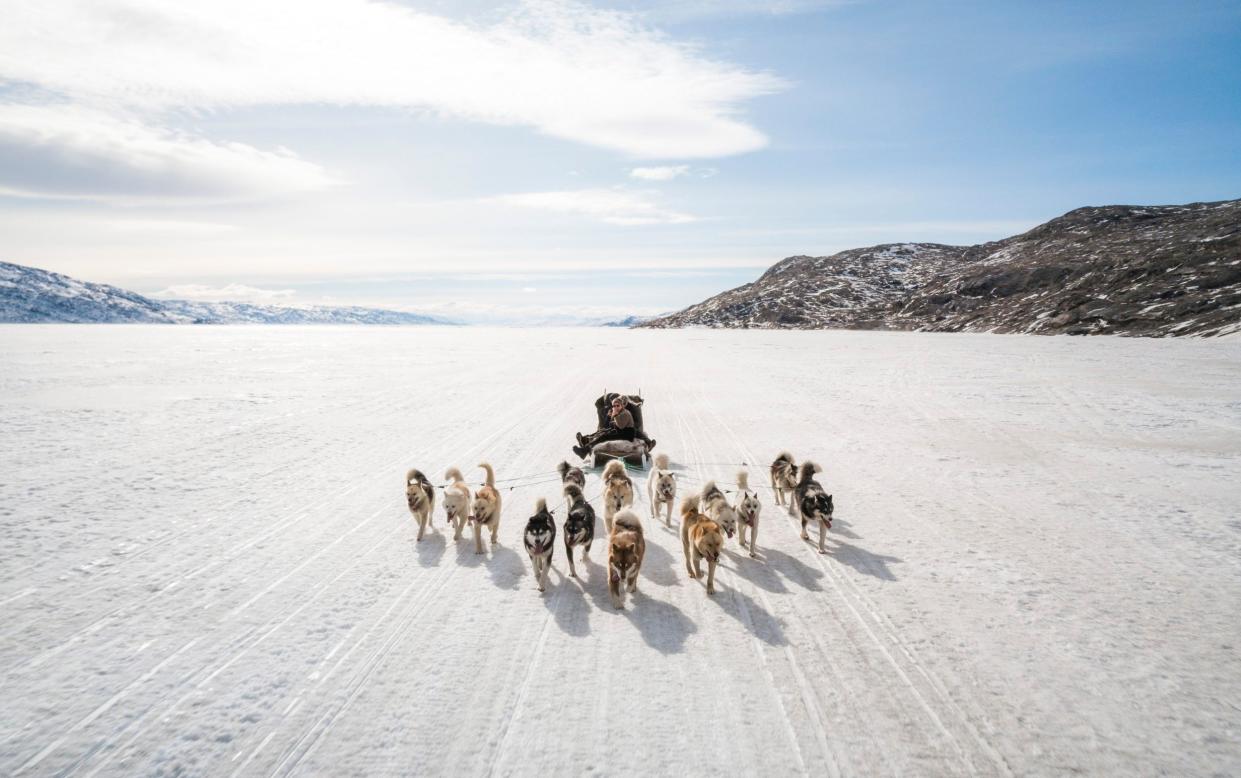
“We’re already late, we might as well add a few more minutes to the tour,” Kjeld, my guide announced, turning the steering wheel sharply to the right and veering off the dirt road. There was a collective sharp intake of breath followed by an uneasy silence as the bus glided across the frozen lake. We came to a standstill directly above a visible crack.
I asked nervously how thick the ice was. “Somewhere between 1 and 2 metres,” he told me, my expression turning from concern to horror as I wondered how long a 10-tonne bus would last on such a shallow bed of ice. “It’s around 2 metres to the bottom of the lake,” he clarified, with a grin, assuring me that he pulls this trick every tour. “I try to make everyone scream. It doesn’t always work though!”
Driving over a frozen lake was the first of many unexpected interactions with nature on my trip to the Danish territory of Greenland. It’s a country whose natural riches are as vast as its tourist numbers are small. Despite being 10 times larger than the UK, only around 107,000 tourists land on Greenlandic soil each year, making for a unique situation: unlike countries struggling with overtourism, Greenland is desperate for visitors.
With just one airport and no two towns connected by road, travel in Greenland is a challenge, however. The former American military base of Kangerlussuaq is the only airport in the country with a runway fit for jetliners, while domestic flights and, in summer, cruise ships, are the main means of navigating an island blanketed almost entirely by the Greenland Ice Sheet.
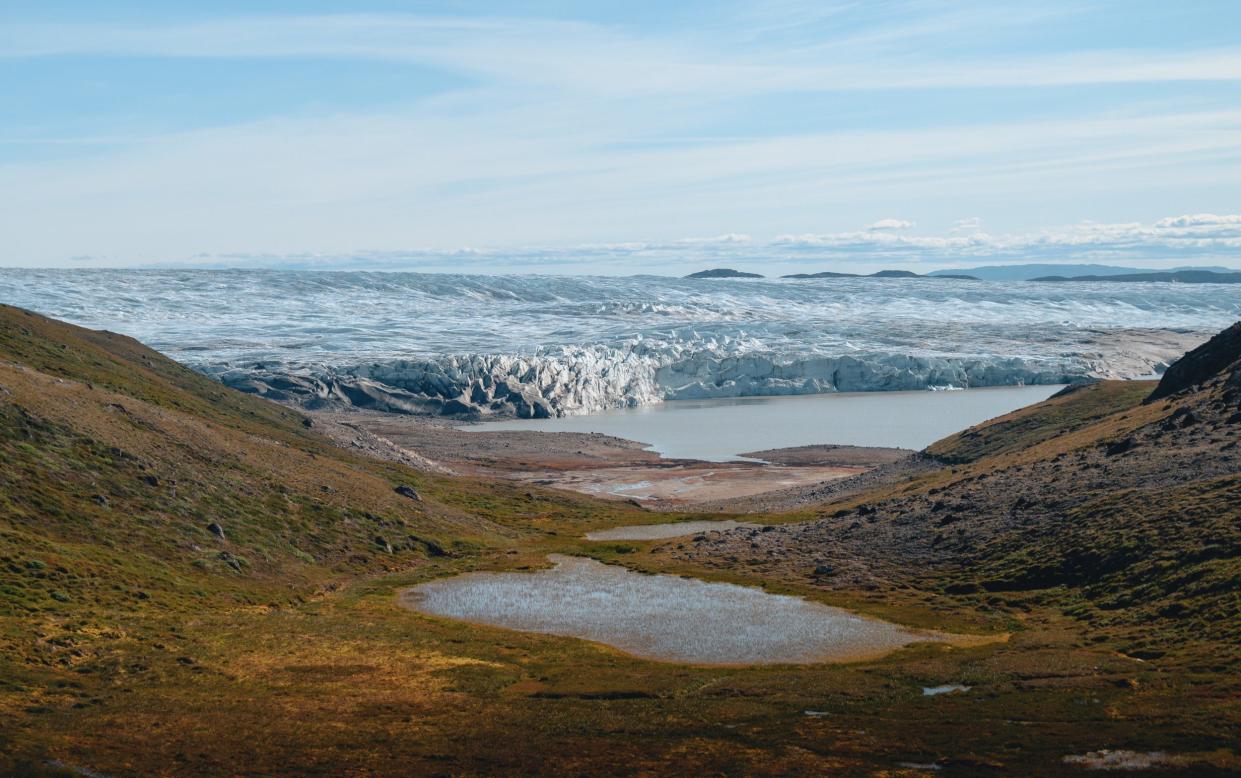
But change is afoot. A runway extension in the capital, Nuuk, is set to be completed by the end of the year, followed by a 2025 airport upgrade in the northern town of Ilulissat. Both will increase the frequency of commercial flights from Europe, meaning Greenland is set to become far more accessible.
My winter trip had opened in Kangerlussuaq — population 500 — where I headed, via a detour onto a frozen lake, to Point 660. It’s here that Greenland’s longest road, a pocket-sized 51 kilometres of gravel, reaches the most accessible part of the ice sheet. Year-round, tours take you onto the ice for a slippery clamber over ridges polished by the wind to form fish-like scales. In summer, you can camp on the ice sheet; in winter, you would probably rather not, as temperatures can drop to -50C.
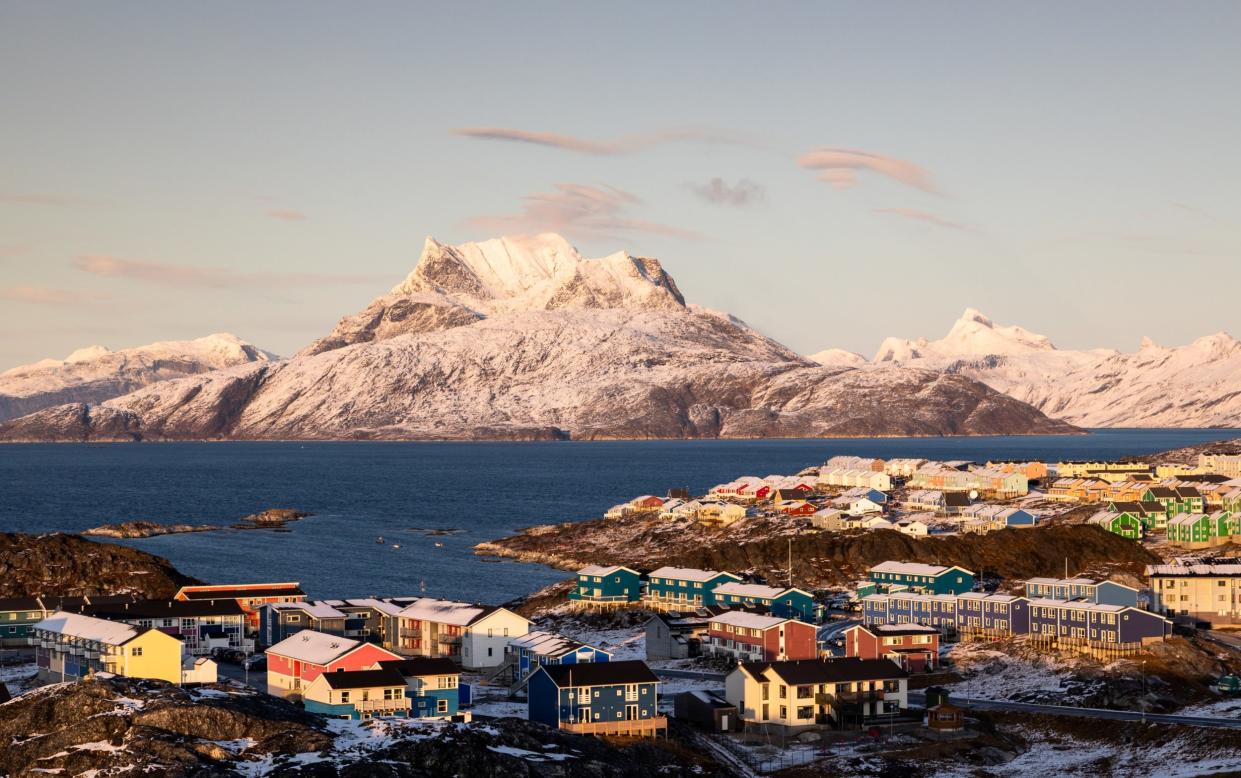
Traditional Inuit culture is another of Greenland’s big draws. Eighty per cent of the population identifies as Inuit and while most Greenlanders now favour all-terrain vehicles (ATVs), dog sledding remains a form of transport used by communities in the Arctic Circle when the rivers and fjords freeze.
For tourists, it’s an opportunity for a husky-driven thrill ride. Early the next morning – swaddled in thick sealskin trousers and a matching hoodie – I joined 12 pumped-up dogs to travel from Kangerlussuaq down the frozen Qinnguata Kuussua River to where it drains into the fjord. Using a monkey-like hoot command, musher Francisca turned on the acceleration and we took off at speed, led by the pack leader Silka, whose scarred snout suggested a less-than-smooth journey to the top. Within seconds, we were gliding smoothly across the ice, a howl of fluffy white bottoms and tails pulling us ahead.
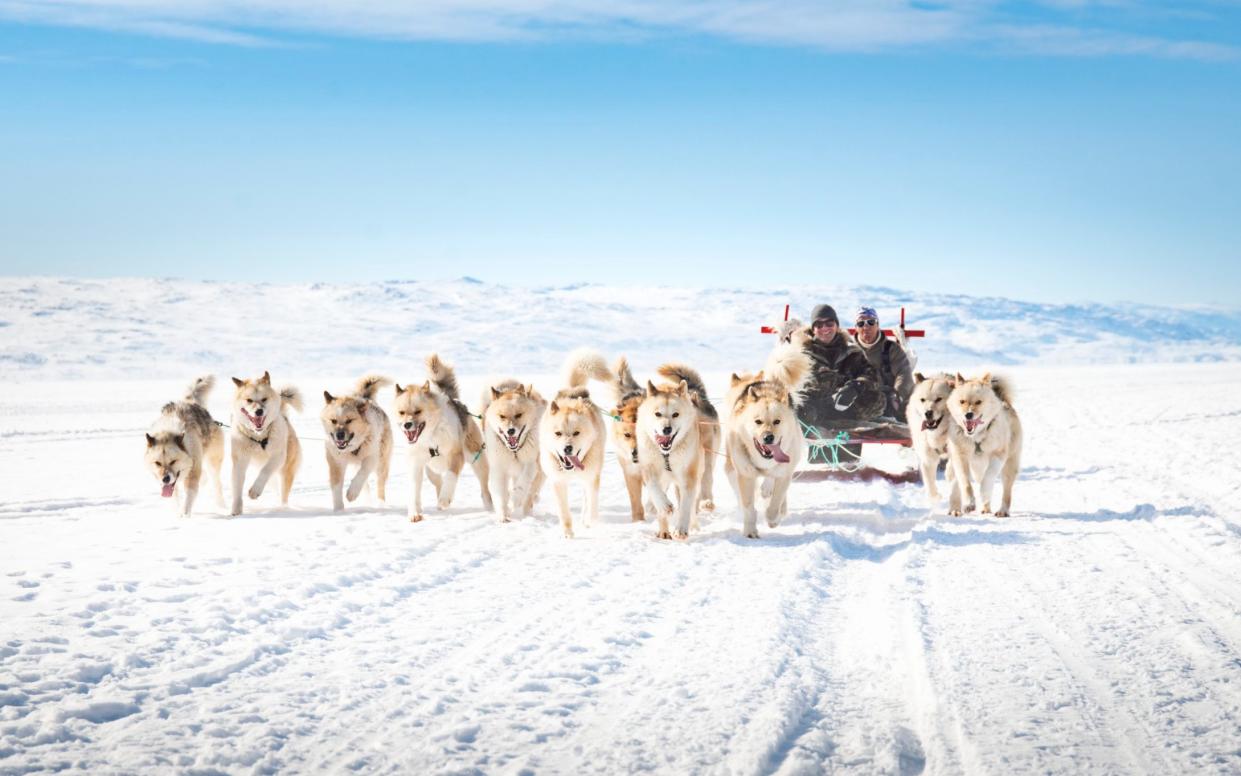
Greenland has around 15,000 sled dogs, many of whom participate in the country’s national sledding championships every March, while tourists keen to try their hand at mushing can study for a licence here. It isn’t a cheap hobby, though. Francisca’s 30 huskies wolf down 100 kilograms of food per week, fuel that sees them reach speeds of up to 40 kilometres per hour. “Although we’re only doing about 14,” Francisca admitted, as her dogs defaulted to what felt like more of a Sunday stroll than a high-octane sprint.
That night, I was keen to encounter perhaps the country’s most impressive natural attraction. With an average of three hundred cloud-free days a year, Kangerlussuaq is one of the best places in the Arctic to see the northern lights. This year is predicted to be one of abundance for the aurora borealis, when solar activity reaches an 11-year peak. Mother Nature had other ideas, however. After an hour of standing in -20C temperatures, I was met with a faint grey glow that only revealed its green hues when captured on camera. In a misplaced attempt to cheer me up, my guide passed me a video of dancing greens and reds – a celestial light show recorded a few days previously.

The final stage of my trip was to head south to Nuuk, but a snowstorm battering the capital pushed my flight back by a day, and I arrived in a whiteout. Ironically dubbed “Nuuk York” by locals, this is Greenland’s largest city – although, with just 18,000 residents, it’s hardly a busy metropolis. Instead, the capital is charming and walkable, with streets lined by welcoming cafés and boutiques selling modern Inuit crafts, and a dramatic location beneath knife-edged Sermitsiaq Mountain.
It’s surrounded on three sides by the second-largest fjord system in the world, Nuup Kangerlua Fjord, where skyscraper-sized icebergs bob in summer. This fjord leads to many of the area’s star attractions, so I headed north to Qoornoq Island by boat. Against a backdrop of thigh-deep snow and heavily dusted mountains, the village’s houses in bold primary colours looked straight from a fairytale, but the settlement has a dark history.
In the 1970s, Denmark’s controversial G60 policy forced Inuit communities such as this one to relocate to cities, leaving their homes to fall into disrepair. Many have since been reclaimed by relatives to become remote, off-grid summer houses, but in a snowstorm, it felt like nature was attempting to take them back again.
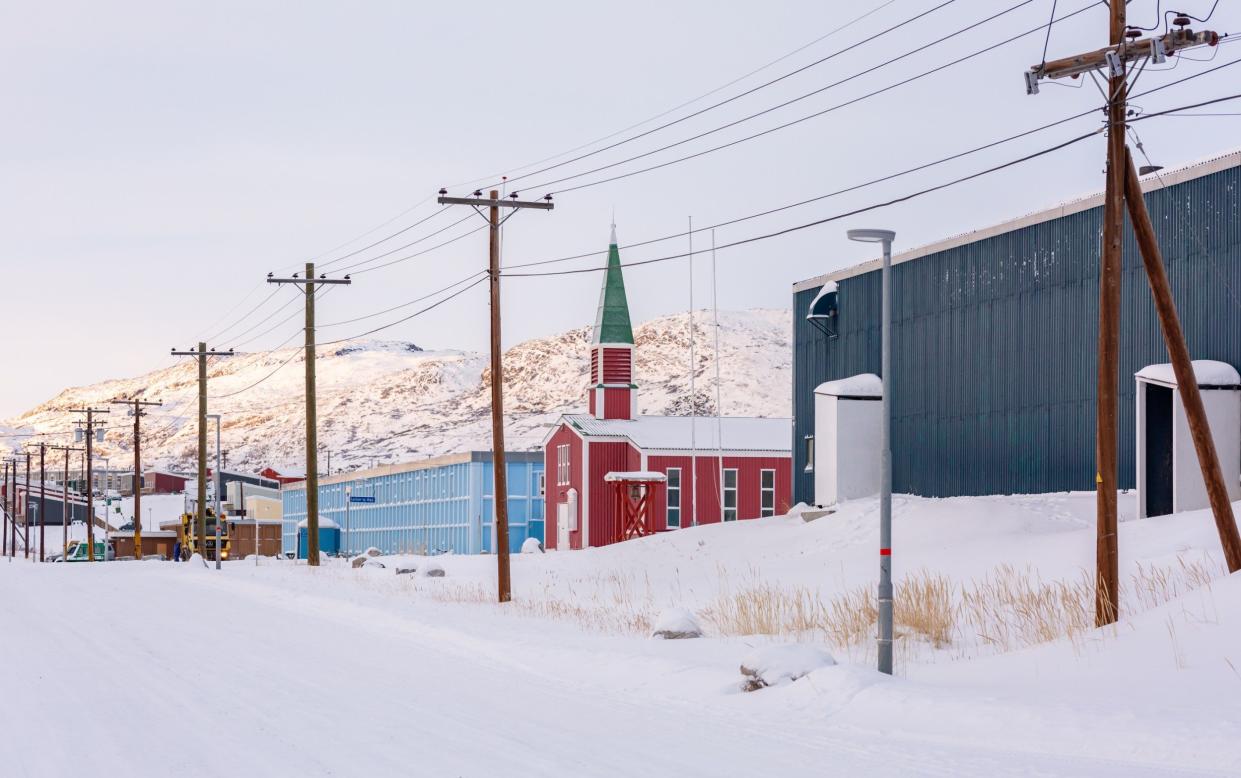
As my time in Nuuk drew to a close, I wasn’t optimistic that the 36-seater propeller plane to Iceland for my onward transport to London would take off. Nuuk’s coastal location makes its weather far less settled than in Kangerlussuaq – so it remains to be seen whether the elements might throw a spanner in the works of the country’s lofty tourism expansion plans.
Against the odds, my flight did depart, and, as the plane cleared the clouds, my parting gift was the green glow of the aurora along the horizon. Travelling in Greenland is about giving yourself up to the whims of nature; if you’re willing to accept that the country’s unpredictability is an enormous part of its charm, then you certainly won’t be disappointed.
Essentials
Steph Dyson travelled as a guest of Regent Holidays (01174 534 356; regent-holidays.co.uk), which has the new six-night “Greenland’s Ice Cap and Capital Break” from £3,560 per person, including flights, accommodation, transfers and excursions.
How to explore by cruise
Cruise ships have historically been the most common way to visit Greenland and are convenient for exploring otherwise areas, such as Greenland’s wild, uninhabited east coast. Cruises also call at historic Norse settlements along the southwestern coast, before docking at Nuuk and, finally, Kangerlussuaq or Ilulissat.
Adventure Canada (adventurecanada.com) has been sailing to Greenland since 1991 and specialises in small-ship expedition cruises, with Greenlanders employed on their expedition team to provide authentic insight into the islanders’ way of life. Their 13-day “Iceland to Greenland: In the Wake of the Vikings” cruise costs from £4,195 per person, including all meals and excursions.


